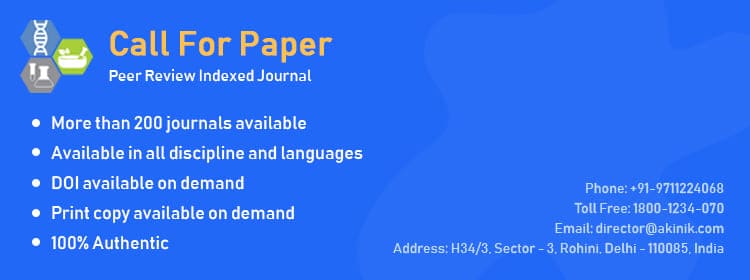

Manjula S and Krishna Kumar M
Objective: To gather clinicians' perspectives on diagnostic approaches, treatment preferences, and influencing factors in the management of dry eye disease (DED) in routine Indian settings.
Methodology: This cross-sectional study gathered the perspectives of clinicians managing DED in routine practice across India. The study questionnaire included 23 questions on DED burden, diagnosis, risk factors, treatment preferences, clinical scenarios, follow-up practices, and adherence barriers. Data were analyzed using descriptive statistics.
Results: The study included 54 clinicians. As reported by 44% of the participants, the preferred drug for managing aqueous-deficient DED is the polyethylene glycol (PEG) and propylene glycol (PG) combination eye drops. For evaporative DED, 48% preferred the same combination. Approximately 57% advised the combination of sodium hyaluronate + PEG + PG for severe dry eye. Around 44% of respondents indicated that lipid-based lubricants are occasionally preferred for evaporative DED. About 57% of clinicians stated that, in patients unresponsive to carboxymethylcellulose 0.5%, switching to PEG + PPG is the preferred strategy. Nearly 48% reported that PEG + PPG eye drops are their preferred choice for managing digital eye strain/computer vision syndrome.
Conclusion: PEG + PG combination eye drops are widely preferred by clinicians for managing various forms of DED, including aqueous-deficient, evaporative, and digital eye strain, and are commonly used in severe cases and in those unresponsive to carboxymethylcellulose, underscoring their versatility and clinical acceptance.
Pages: 01-05 | 722 Views 432 Downloads
